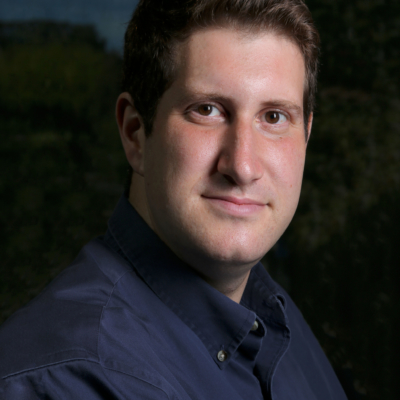Clarence Thomas May Destroy Native Children’s Rights Based on a Lie
Summary
In 2015, Stanford law professor Gregory Ablavsky published a lengthy article in the Yale Law Journal that, among other things, rebutted Natelson’s claims. Unlike Natelson, Ablavsky has a Ph.D. in history and his scholarship adheres to the rigorous standards of academic historical analysis. Ablavsky identified a series of errors in Natelson’s article that do not just undermine but refute his conclusions.
Ablavsky undertook his own comprehensive review and discovered that “commerce with Indian tribes” was routinely used to describe far more than the mere trade of goods. He also found that the definition of “trade” itself was vastly broader than Natelson asserted, encompassing a vast array of non-economic activities—including, decisively in the current case, the adoption of children.
When Brackeen arrived at the 5th U.S. Circuit Court of Appeals, Ablavsky filed a brief describing Natelson’s argument as “deeply flawed, marred by inaccurate versions of sources and unsupported assertions directly at odds with explicit Founding-era evidence.” Natelson responded by furiously criticizing Ablavsky for writing a “shyster-like” brief. He later published a document “cite checking” Ablavsky’s article that purported to identity various errors. Ablavsky responded with a long article thoroughly rebutting each one of Natelson’s accusations, then filed another brief when Brackeen came to SCOTUS.
This conflict is more than a mere academic tiff. It is a challenge to originalism as a reliable and honest methodology. Rarely in constitutional law does the history point so clearly in one direction. Because he is a real historian, Ablavsky refuses to say he has reached the “correct” answer; in an interview, he told me: “There aren’t right answers in history. There are interpretations that are better and better founded in evidence. That’s what it is to be a historian. There’s always room for doubt.”
Read More
